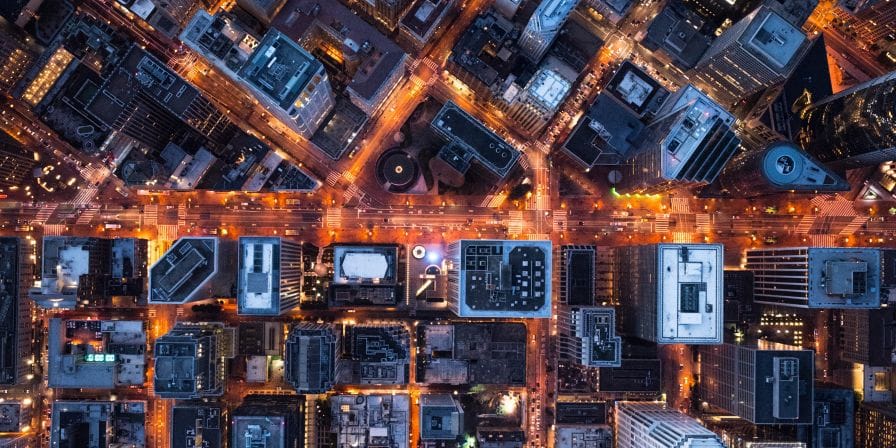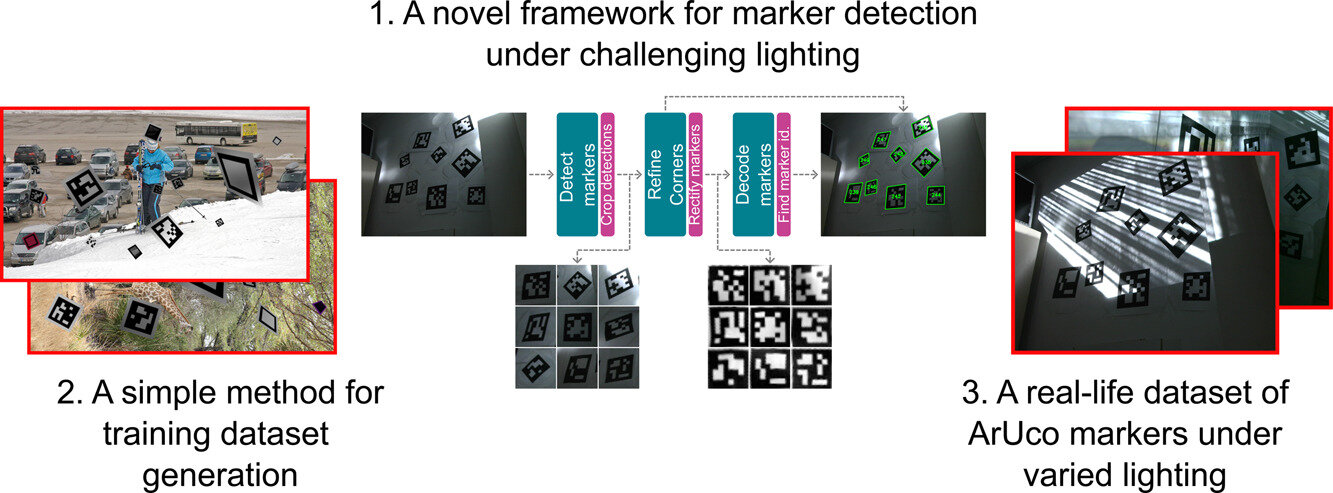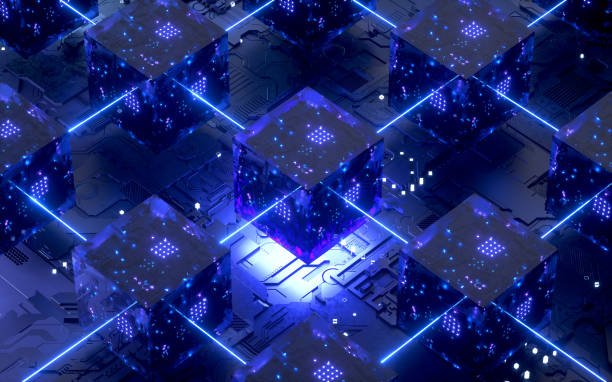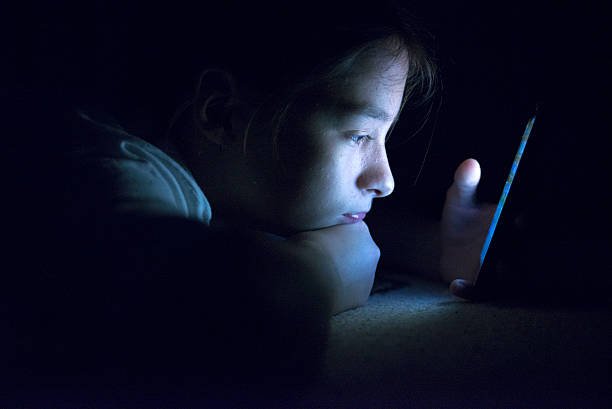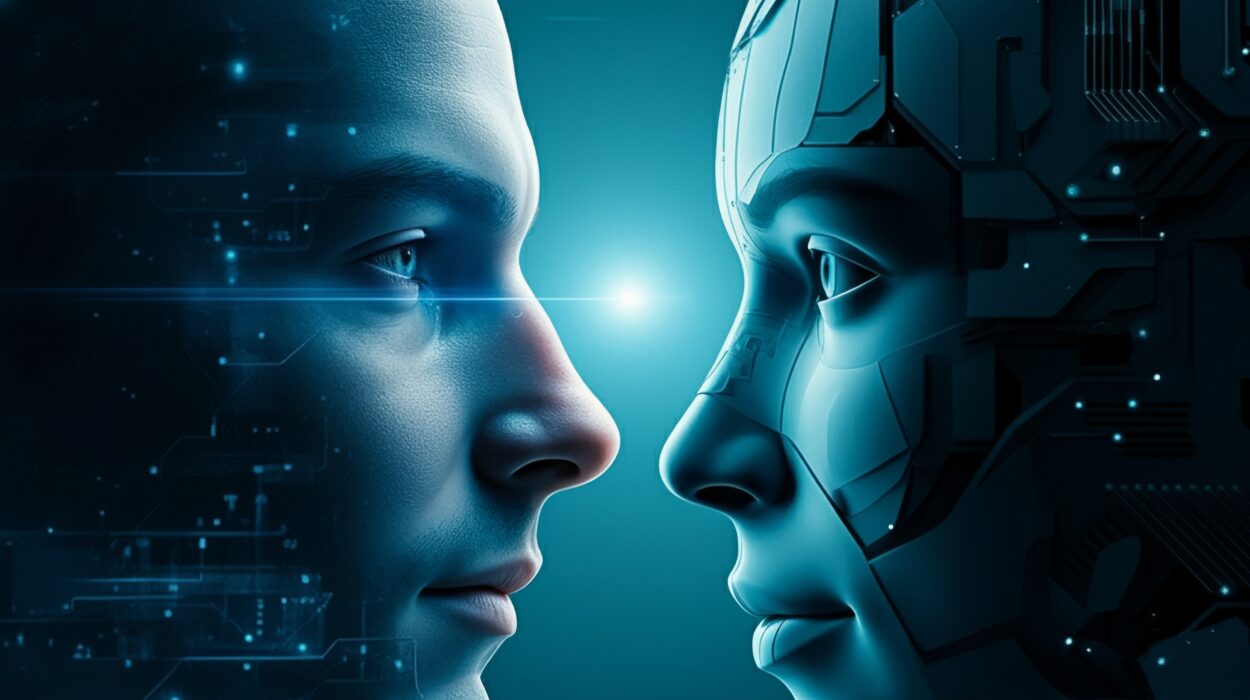Imagine standing in a gallery. The canvas before you explodes with color—vivid swirls that dance across the surface, evoking a quiet storm of emotion. The artist’s name, however, isn’t Monet or Rothko. It’s a string of letters and numbers: GPT-5. Or maybe Midjourney v9. Perhaps DALL-E 4. The plaque on the wall reads simply: Created by Artificial Intelligence.
Nearby, someone is listening to music. Ethereal voices glide over shimmering synths, the lyrics delicate as spider silk. “Who wrote this?” you ask. Your friend shrugs. “An AI.” You can’t tell if they’re awed, disturbed, or both.
The questions linger in the air, as electric as static: Can a machine be creative? And if it can—what does that mean for us, the original artists, poets, dreamers of dreams?
This is not merely a technical problem. It is a philosophical one, tinged with existential dread and wonder. For creativity is the divine spark we’ve long believed sets humans apart from animals and machines alike. It’s our final fortress, the last bastion of uniquely human identity.
And now, the machines are knocking at the gates.
The Ancient Pulse of Creativity
Long before silicon and code, creativity was humanity’s tool for survival. Our ancestors painted bison on cave walls, not merely for decoration but to give shape to myth, to channel power, to remember and to hope. Creativity was communication, record-keeping, spirituality, propaganda, rebellion, therapy, and pure delight—all rolled into one.
Whether striking stone to shape a tool, composing an epic poem, or whispering secrets to a lover beneath a moonlit sky, humans have always used creativity to navigate chaos. To make sense of the world. To leave traces of ourselves.
To be creative was, in some way, to be alive.
When machines came along—toiling in factories, tabulating numbers—they seemed incapable of touching that spark. They were tools, no more conscious than hammers or looms.
And then, somewhere between the punch cards and the neural networks, something changed.
The Dawning of Mechanical Minds
It’s easy to forget how new “artificial intelligence” truly is. In the 1950s, computer scientists like Alan Turing asked if machines could “think.” Turing’s famous test, where a machine tries to fool a human into thinking it’s human, was less about consciousness than conversation. Early programs like ELIZA, mimicking a psychotherapist, shocked people with their semblance of understanding. Yet behind the curtain was pure trickery, no deeper thought.
Even so, the seeds were planted. Could a machine not merely imitate language, but wield it creatively? Could it make poetry, music, paintings—not by brute calculation but by genuine invention?
Throughout the late 20th century, primitive algorithms wrote rudimentary music or produced abstract geometric art. Critics laughed them off as novelty. Computers were fast, precise, and dumb. They followed rules but could not dream.
And then came the neural network revolution.
The Neural Renaissance
Neural networks changed the story. Instead of following rigid instructions, these digital brains “learned” by example. Feed them thousands of paintings, millions of words, oceans of music—and they would discover hidden patterns, emergent styles.
By the 2010s, projects like DeepDream surfaced, transforming ordinary photographs into psychedelic tapestries of eyes, feathers, and swirling colors. It was as if the machine had taken LSD and decided to become Van Gogh.
People gasped, laughed, sometimes recoiled. There was beauty there—yet also something eerie. Machines were generating images with undeniable artistic impact. But was this creativity, or merely clever mimicry?
Deep learning blossomed. Soon came GANs—Generative Adversarial Networks. In this digital duel, one network created images while another judged them. They competed, refined each other, like rival artists sharpening their skills. GANs learned to generate human faces indistinguishable from real photographs. They painted haunting portraits, designed imaginary cities, and composed new Renaissance-style artworks.
The machines were no longer just following instructions. They were inventing things that had never existed.
Songs of Silicon
Music, too, began its transformation. In the early 2010s, software like IBM’s Watson or Google Magenta experimented with composing original melodies. At first, the results were laughable—robotic piano plinks lacking soul.
But as neural nets grew deeper and training data richer, machines learned subtler tricks. AIs composed orchestral symphonies, jazz improvisations, pop songs. OpenAI’s MuseNet could generate piano sonatas in Chopin’s style, then pivot to jazz riffs in the style of Duke Ellington.
Suddenly, musicians found themselves collaborating with non-human partners. Composer Taryn Southern released entire albums co-created with AI. Artists spoke of the software as a muse—a partner capable of suggesting chord progressions, melodies, and even lyrics. The results sometimes felt genuinely inspired.
For the first time, people wondered: Is the machine the artist, or merely an instrument?
A Canvas in Code
Visual art leapt forward at a breathtaking pace. The world watched as AIs like DALL-E generated images from simple text prompts: “a cat wearing a spacesuit floating in zero gravity” or “a Renaissance painting of a robot holding a daisy.” The results were dazzling, whimsical, and occasionally nightmarish.
Midjourney and Stable Diffusion followed, refining the process. Artists discovered they could iterate on a prompt endlessly, shaping images that seemed to emerge from their subconscious. AI art communities flourished online, filled with digital paintings of fantasy landscapes, neon cityscapes, alien creatures. The sheer variety was intoxicating.
Then came the bombshell: In 2018, an AI-generated portrait titled “Edmond de Belamy” sold at Christie’s for $432,500. The art world convulsed. Critics decried it as a gimmick. Others saw the dawn of a new creative age.
Collectors wondered: Was the value in the image itself? In the algorithm? In the human artist who typed the prompt? Or in the collective data—the thousands of artists whose styles the AI absorbed?
The debate became a storm. Was AI merely sampling and remixing, or creating truly novel art?
The Author in the Algorithm
Literature, too, is feeling the tremors. AI models like GPT-3 and GPT-4 can write essays, short stories, poems, screenplays. Some produce sentences shimmering with lyrical beauty. Others fall into incoherence or cliché. Yet the raw potential is staggering.
Writers find themselves in an existential quandary. Could an AI write the next bestselling novel? Some authors have experimented, feeding AI rough plot outlines and letting it generate scenes or dialogue. The machine becomes collaborator, ghostwriter, or Frankenstein monster, depending on one’s view.
Yet creative writing is more than words. It’s theme, subtext, emotional resonance. It’s the ineffable sense of a human voice. Many argue AI cannot yet replicate the lived human experience behind great literature.
But then, one reads a haunting AI poem about lost love—and wonders.
Dreams or Echoes?
At the center of the debate lies a philosophical question: What is creativity?
Is creativity the ability to produce something new? Machines undeniably generate novel images, music, and text. Or is it the act of imbuing work with meaning, intention, and emotion?
Critics argue AI is fundamentally derivative. It recombines existing styles, motifs, and tropes. A neural network trained on Rembrandt paintings can produce a “new Rembrandt,” but can it experience the heartbreak or joy that drove Rembrandt to paint in the first place?
Supporters counter that all artists borrow, remix, and stand on the shoulders of giants. Picasso famously said, “Good artists copy, great artists steal.” Human creativity, too, emerges from culture, history, and memory.
The boundary grows murkier. Consider jazz improvisation. Is it creative if a human spontaneously riffs on known scales? Why is it less creative if an AI does the same?
Emotion in the Machine
Can AI feel emotion? Neuroscientists would say no. Machines have no consciousness, no subjective experience. They cannot suffer or rejoice.
Yet their creations sometimes move us. People have wept listening to AI-generated music, felt chills gazing at AI art, laughed at AI-written comedy sketches. The emotional resonance is real—even if the artist is unaware.
Perhaps creativity is not only about the creator’s emotions, but the emotions evoked in the audience. If a poem brings tears, does it matter whether it came from a human or a machine?
This is where the debate grows profoundly human—and personal.
Artists and the Machine
For some human artists, AI feels like an existential threat. Professional illustrators, designers, and writers worry about being replaced, their livelihoods devoured by algorithms capable of churning out endless variations.
Others see AI as a tool—an amplifier of human creativity. Artists use AI to brainstorm ideas, generate sketches, create drafts. For many, it’s like a piano to a composer or a camera to a photographer: an instrument that expands possibility.
Fashion designers create AI-generated patterns. Architects explore AI-generated blueprints. Video game developers generate entire fantasy worlds in minutes. Creativity is exploding, faster than human hands alone could manage.
And yet, a fear persists. If AI can generate infinite art, music, and stories—what happens to originality? To value? To meaning?
The Crisis of the Human Spirit
This is the darker side of AI creativity. A glut of AI-generated content could drown human art in noise. Imagine a future where every streaming service churns out endless shows written by algorithms. Where social media feeds are flooded with AI art indistinguishable from human creations.
Already, the internet is filling with AI-written articles, spammy blog posts, and synthetic images. In the rush to produce cheap, endless content, true artistry risks being lost.
Moreover, there is an ethical quagmire. AI models are trained on vast datasets scraped from the internet—including human artists’ works, often without consent. Artists rage that their styles are copied, their labor commodified, their identities blurred.
The legal system struggles to keep pace. Who owns an AI-generated image? The user who typed the prompt? The developers of the AI? Or the millions of artists whose work trained the model?
A New Creative Renaissance?
Yet there is hope. Many believe we stand on the brink of a new creative renaissance. AI tools allow people with no formal art training to make breathtaking visuals. A poet with no musical skill can generate an orchestral soundtrack for their verses. A lonely dreamer can paint entire galaxies with words.
Creativity is becoming democratized. For centuries, art was gatekept by wealth, education, and access. Now, a teenager with a smartphone can generate images that would once have required a team of designers.
Some see AI not as a rival but as an unprecedented collaborator—a co-creator that never sleeps, never tires, always suggests new ideas.
The Human Touch
Perhaps what makes human creativity unique is not simply the output, but the journey. Art is often born from struggle, heartbreak, love, wonder. A poem written by a human is not just words—it’s a glimpse into a soul.
Machines can simulate that output, but cannot truly live the human condition. At least not yet.
A painting might be beautiful whether created by brush or code. But for many, knowing the artist’s story matters. We want to feel connected to another person’s triumphs and tragedies.
This is why art galleries still display Van Gogh’s tortured swirls, knowing he painted under the weight of madness and sorrow. Why we listen to Beethoven, feeling his defiance against deafness. Why we read Sylvia Plath’s poems, hearing her cry echoing through time.
A Future Entwined
The truth may lie somewhere in between. AI is creative—in a way. It generates novelty, beauty, surprise. But it lacks self-awareness, emotion, and intention.
Yet creativity is not a zero-sum game. Humans and AI will likely co-create, each enhancing the other’s strengths. Humans bring meaning, emotion, moral compass. AI brings speed, scale, and unpredictable connections.
The artists of the future may not be human or machine, but a hybrid of both.
The Final Frontier
At its core, creativity is the act of imagining what has never been—and sharing it with others. Machines can generate dazzling outputs, but the question remains: Do they understand what they create?
For now, the answer is no. AI does not feel awe beneath a starry sky, nor grief for a lost love. But it can help us express those feelings in new ways.
Perhaps the ultimate creativity lies in how we choose to use these tools. To uplift or exploit. To create beauty or generate noise.
One thing is certain: the age of AI creativity has dawned. The brush is in our hands. The symphony awaits our baton. The blank page waits for words.
And in the electric silence between human thought and machine code, a new muse is singing.

